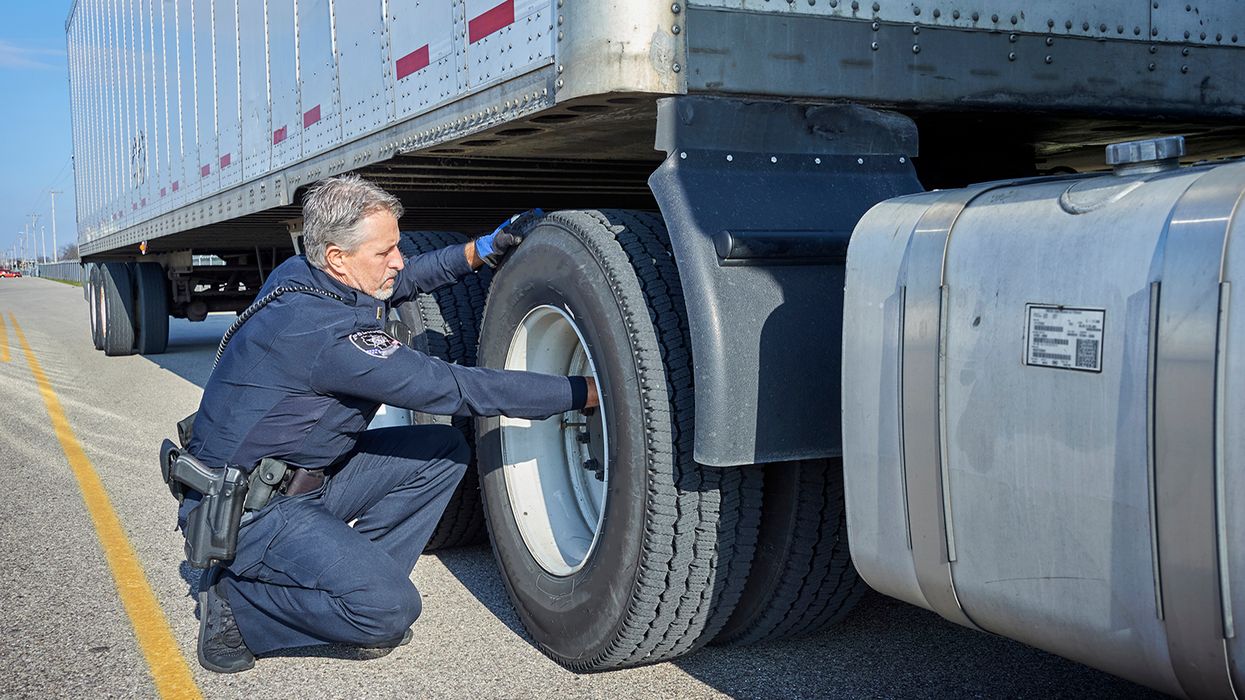Transportation Monthly Round Up - November 2025
In this November 2025 round up, we will discuss non-domiciled CDLs in California, the 2025 CVSA Brake Safety Week results, and the New York Highway Use Tax. Let’s get started.
The California Department of Motor Vehicles (DMV) has sent notices to 17,000 non-domiciled commercial driver’s license (CDL) holders, informing them that their licenses no longer meet federal requirements and will expire in 60 days. This action is in response to an ongoing Federal Motor Carrier Safety Administration (FMCSA) audit that revealed that more than one in four of the non-domiciled CDL records sampled in California failed to comply with federal regulations.
In late September, California was given 30 days to come into compliance. Non-compliance would have resulted in FMCSA withholding nearly $160 million in federal funding.
North American inspectors conducted 15,175 commercial motor vehicle inspections with a focus on brake safety during the Commercial Vehicle Safety Alliance's (CVSA) 2025 Brake Safety Week, which ran from August 24-30.
Of the total inspected vehicles, 15.1 percent (2,296) were placed out of service for brake-related violations and removed from roadways. Inspectors in the U.S. alone conducted 13,700 inspections and issued citations to 2,035 (14.9 percent) of those vehicles for brake-related out-of-service violations.
The top 3 violations of the week across the U.S., Canada, and Mexico were 1) failing the 20-percent defective brakes criterion, 2) "other" brake violations and 3) brake hoses/tubes.
Motor carriers operating certain motor vehicles on public highways in New York State face unique tax requirements under the Highway Use Tax (NY HUT) program. Before operating a motor vehicle on the public highways of New York State you must:
- Obtain a certificate of registration and decal for each motor vehicle subject to the highway use tax, and
- Regularly file HUT returns.
To avoid penalties when operating in New York State, remember to register for HUT, display the proper decal, keep accurate records, and file your quarterly returns on time.
That’s it for this month’s round up. Stay safe, and thanks for watching.




